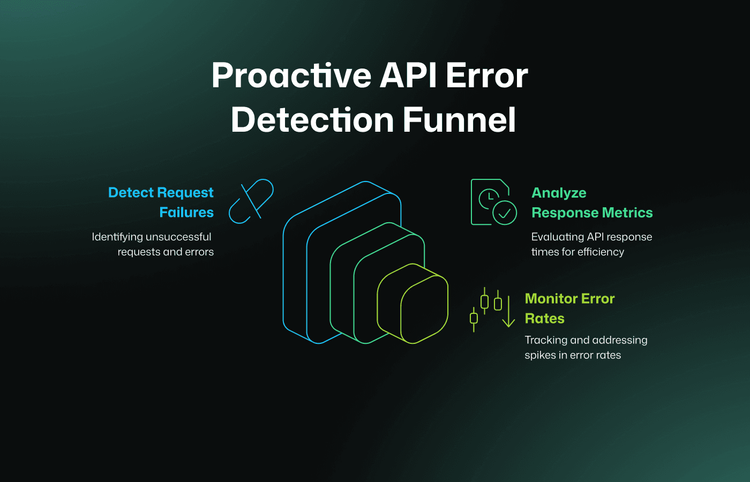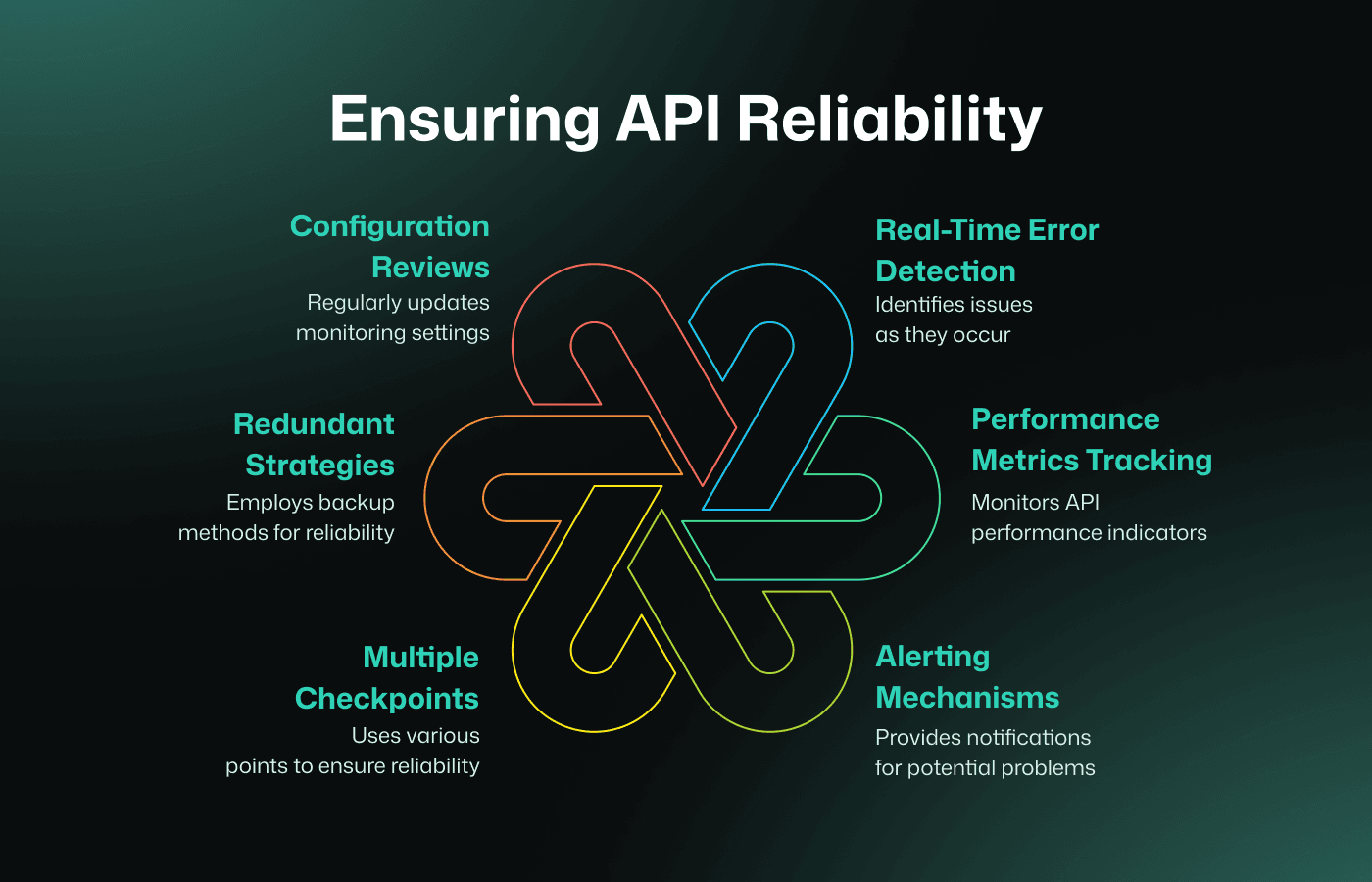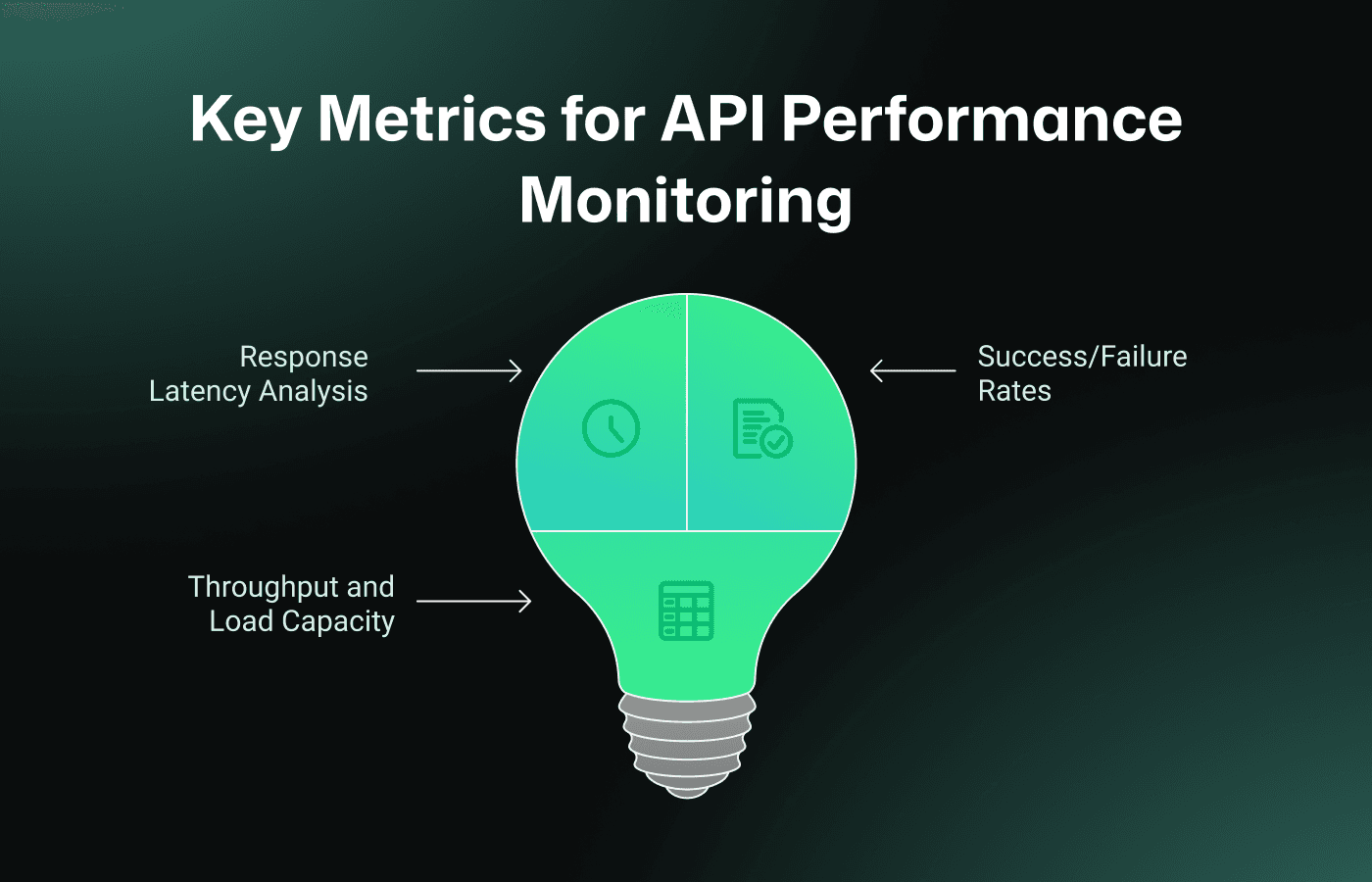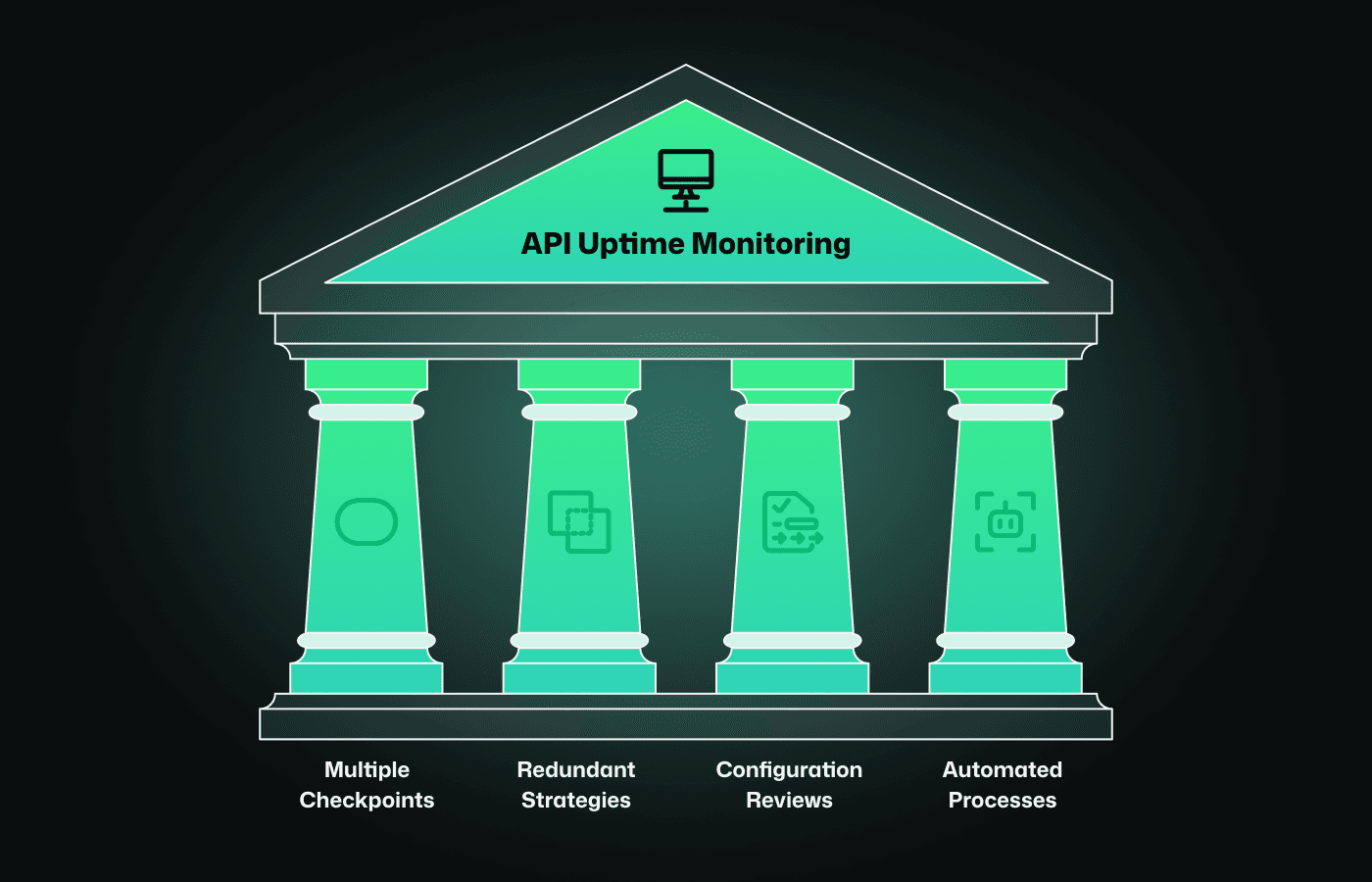Proactive API Monitoring to Ensure Uptime

In today's fast-paced digital landscape, APIs are the backbone of seamless user experiences, enabling applications to communicate effectively. Whether powering e-commerce platforms, financial services, or mobile apps, APIs must be reliable to maintain user trust. This is where uptime monitoring becomes indispensable, ensuring that potential issues are identified and resolved before they escalate into downtime.
1. Understanding API Monitoring
As a leading pingdom alternative, proactive API monitoring is the systematic tracking and evaluation of an API's performance and reliability. Unlike reactive approaches, which address problems only after they arise, web uptime monitoring emphasizes preemptive action to maintain stability and uptime.
The primary goal is to prevent downtime by catching anomalies early. This includes tracking key metrics, analyzing trends, and ensuring that APIs can handle increasing workloads without disruption.
2. Key Components of Effective API Monitoring

Real-Time API Error Detection
Timely detection of errors is crucial for minimizing disruptions. Proactive API monitoring tools focus on:
Request Failures
By identifying unsuccessful requests or status codes like 4xx and 5xx errors, you can track the root cause of the problem. For example, a 500 Internal Server Error might reveal a backend failure causing API errors.
Response Metrics
Monitoring how quickly APIs respond ensures they meet user expectations. A service like Google Maps API tracks response times to prevent delays in location-based queries.
Error Rates
Watching for sudden increases in error rates can uncover issues before they escalate. An online gaming platform, for instance, might notice high 403 errors signaling unauthorized access attempts and take corrective action.
Performance Metrics Tracking

API performance is a key determinant of user satisfaction. Monitoring should include the following metrics.
Response Latency Analysis
Regular analysis of API response times ensures they remain within acceptable limits. A banking app API taking over three seconds to process transactions could frustrate users and lead to complaints.
Success/Failure Rates
Measuring the ratio of successful calls helps evaluate API reliability. An e-learning platform might ensure at least 99.9% success rates for video streaming APIs to provide a smooth user experience.
Throughput and Load Capacity
Tracking how well an API handles high traffic reveals its scalability. For example, during Black Friday sales, retailers monitor API throughput to avoid crashes during surges in user activity.
Comprehensive Alerting Mechanisms
Effective alerting systems enable teams to act swiftly when issues arise. Features include:
- Instant Issue Notifications: Delivering real-time alerts via email, SMS, or integrated tools like Slack.
- Rapid Response Enablement: Providing actionable insights to address problems quickly.
3. Best Practices for API Uptime Monitoring

The four pillars of API uptime monitoring: Multiple Checkpoints • Redundant Strategies • Configuration Reviews • Automated Processes
Multiple Monitoring Checkpoints
Deploy checkpoints across diverse geographical locations to detect region-specific issues and ensure global reliability.
Redundant Monitoring Strategies
Relying on multiple monitoring tools provides cross-verification for metrics and ensures no blind spots. For example, combining an internal tool like Prometheus with external services like Bubobot offers comprehensive coverage.
Regular Configuration Reviews
As APIs evolve, periodic reviews of monitoring rules ensure they remain aligned with operational changes. A SaaS provider might update thresholds for acceptable response times after introducing new features that increase API complexity.
Automated Remediation Processes
Automation enables quick fixes for common issues, such as restarting servers or rerouting traffic. Netflix employs automated recovery processes to maintain streaming uptime, even during sudden traffic spikes.
4. Explore Bubobot’s Monitoring Solutions
Bubobot's uptime website monitoring tools provide comprehensive solutions for real-time error detection, performance tracking, and alerting. Try our platform to experience strong and reliable API monitoring tailored to your needs.
What Makes Us Special?
Developed by tech people who understand their own pain points, Bubobot offers features tailored to modern monitoring needs:
- Real-Time, Unlimited Monitoring: Monitor API health 24/7
- Smart Alerts: Our escalation policy makes sure the issue gets resolved in time
- Shortest Intervals: Detect issues with checks every second
- Scalable Options: Flexible options for diverse team sizes
5. Conclusion
API reliability is a cornerstone of modern digital operations, and proactive API monitoring ensures your systems stay resilient and responsive. By implementing best practices and leveraging the right tools, you can minimize downtime and enhance user satisfaction.
For further insights on API uptime monitoring and related topics, check out Bubobot’s blog.